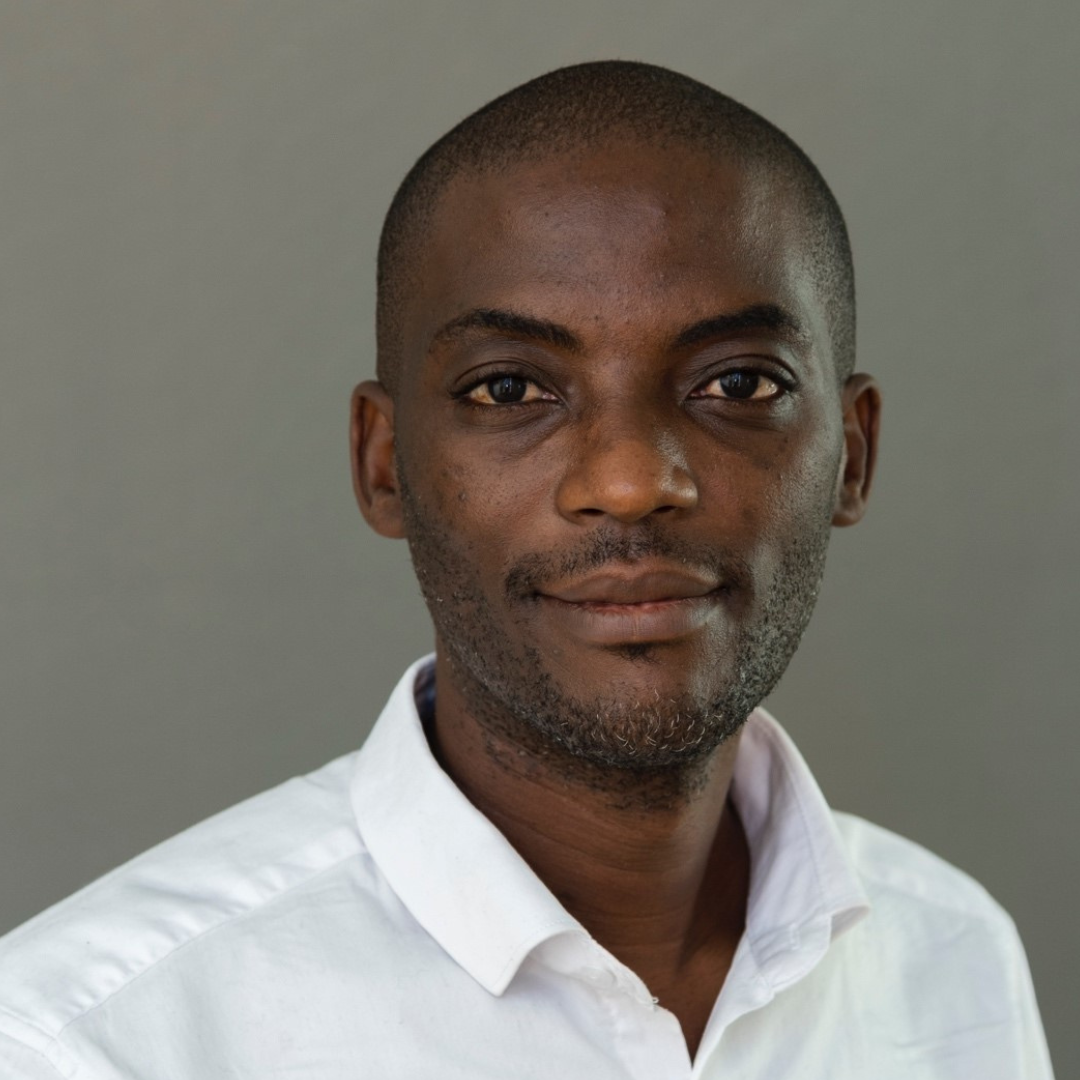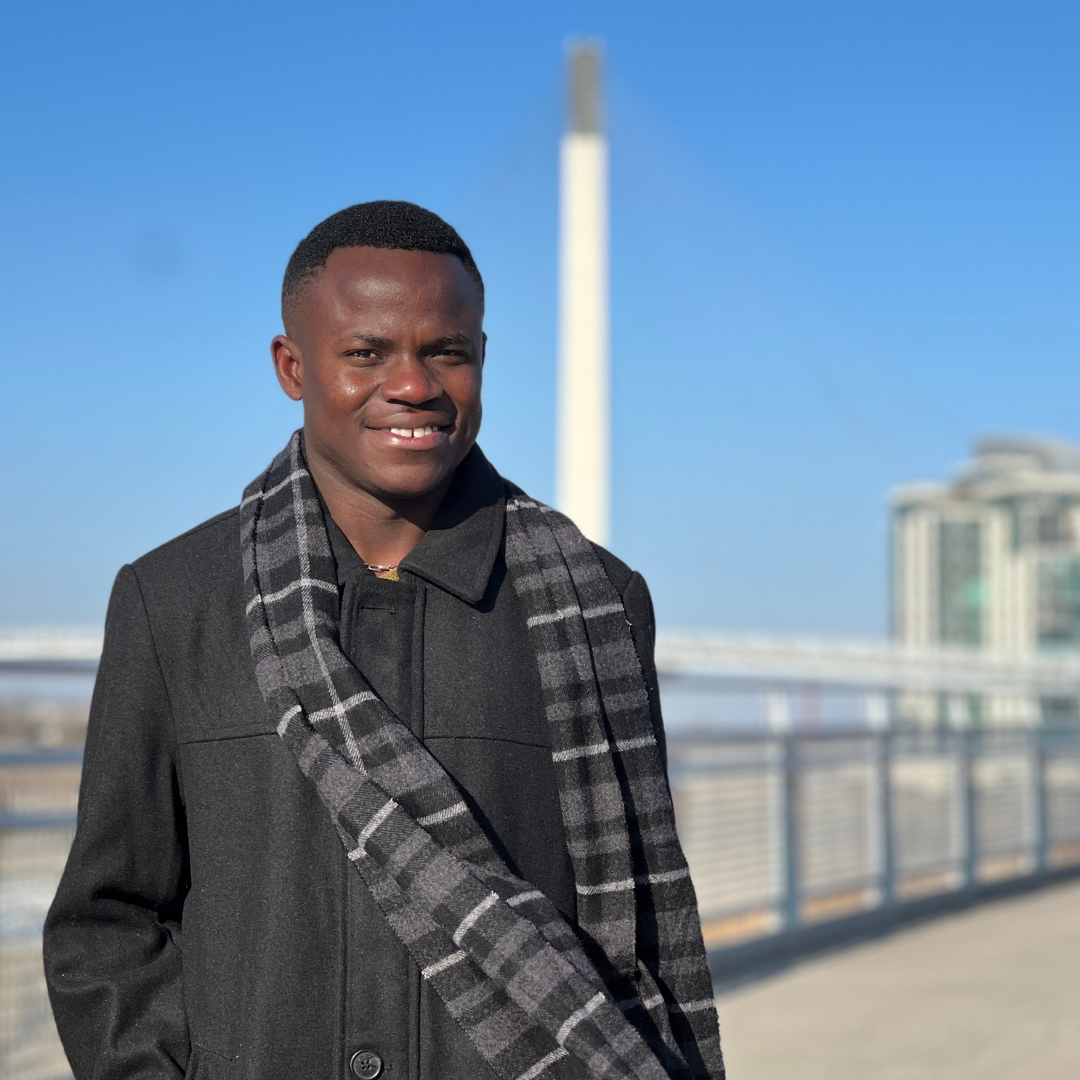Meet Madison Altieri of Bowling Green State University (BGSU). The Masters Student is a member of Dr. Julia Halo’s lab who presented a poster at our 2022 biohistory meeting addressing Fifty Years of Reverse Transcriptase. This meeting not only represents the first one Madison joins at CSHL but it is also her first in-person scientific conference. We are honored to be able to welcome another bright researcher to the community.
Tell us about your research.
My work focuses on The Role of SINE Sequence in Retrotransposition with the genome. SINEs are derived from noncoding RNA and parasitize a reverse transcriptase from its partner, LINE.
How did you decide to focus on this area/project?
My start in research began as a box to check off to get into medical school, but slowly turned into a strong admiration for science and asking challenging questions. It wasn’t long before I realized I really loved my research. The dichotomy between the selfish element and the genome is the reason why I fell in love with retroelements and selfish elements. I like studying elements that are not innately good or bad. I’m excited to see what we know about retroelements in the future.
What and/or who is the inspiration behind your scientific journey?
The women in science who came before me are a big inspiration for my scientific endeavor. Women in STEM have come a long way in science. I thank them for all that they have done in order for me to be here.
What impact do you hope to make through your work?
What drew me into Julia’s lab was how she spoke about her research and science. Anyone listening knew that she was passionate about her work. She was like the Bill Nye of retroelements. It occurred to me that not only did Bill and Julia express enthusiasm, but she was communicating science in fun ways in which laymen could follow. Something scientists are traditionally challenged in. My objective is to express to my students and those around me that science is incredibly fun, amazing, and for everyone. The need for scientists to effectively communicate scientific ideas is imposing and I hope through work and promotion that future scientists such as my colleagues and students will be embracing of the responsibility.
What do you love most about being a researcher?
Most people would hate the thought of not knowing an answer, but it is in not knowing that scientific progress occurs. Scientific discovery is like a clean slate where creativity flows. Through further research the knowledge is assembled, but the puzzle is never solved and the limits on learning is nonexistent.
What drew you to attend this meeting?
I am still fresh in the realm of research and this meeting provides me an opportunity to learn the history of the reverse transcriptase from those who did the historical work to discover and characterize the enzyme in viruses and other retroelements.
What is your key takeaway from the Meeting; and how do you plan to apply it to your work?
The road to discovering reverse transcriptase was long and the research associated with this enzyme is still ongoing--and the work will never end.
What feedback or advice would you share with someone considering to participate in a future CSHL biohistory meeting?
I would encourage others to participate in future CSHL meetings to meet other researchers interested in the same topics as you, as they really get you thinking about your own research. It is a great opportunity to meet the people in your field of research.
What’s the most memorable thing that happened during the Meeting?
The most memorable thing that impacted me was the research on HIV drugs and HIV resistance. I was taken back at how innovative these researchers were at inhibiting an enzyme using nucleoside and nonnucleoside RT inhibitors.
You presented a poster entitled “The Role of SINE Structure in Retrotransposition” – how was the experience?
My poster session went very well. I received a lot of questions of topics I haven’t pondered before that challenged me to think further into my research. It was also very refreshing to hear other research avenues on reverse transcriptase as well while meeting and interacting with wonderful people.
Is this your first in-person meeting since the pandemic?
This meeting is the first meeting I’ve ever been to in person. The sole previous meeting I’ve been to and one oral presentation at BGSU have been over Zoom in the comfort of my own home. After all this time in the pandemic, you’d think I’d be repulsed by viruses, but in turn the opposite has occurred where I’m thrilled to be learning more about reverse transcriptase and the viruses and elements that encode it.
What do you like most about your time at CSHL?
When I first walked around CSHL, I was quite surprised. When I thought of CSHL, I thought of a tall skyscraper and instead I found myself among cabins and a room overlooking the harbor. It provided a more intimate environment that made you feel at ease. Even if that intimate environment allowed me to embarrassingly call a toaster a “toast machine” in front of David Baltimore.
Thank you to Madison for being this week's featured visitor. To meet other featured researchers - and discover the wide range of science that takes part in a CSHL meeting or course - go here.
Image provided by Madison Altieri




































